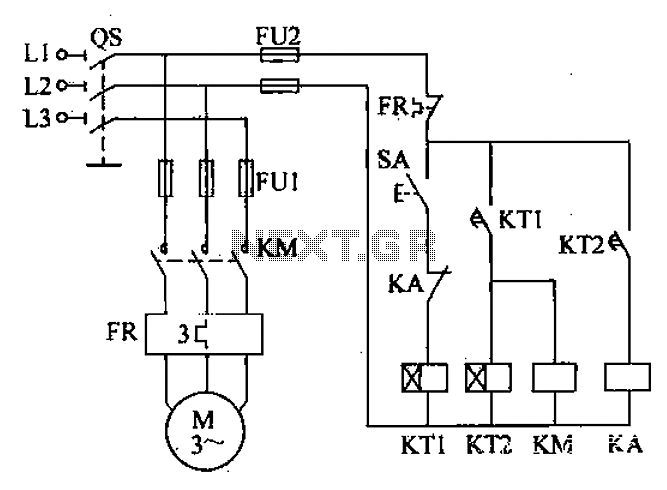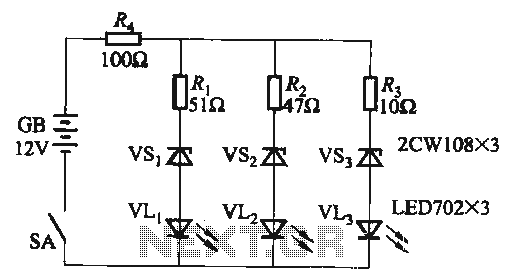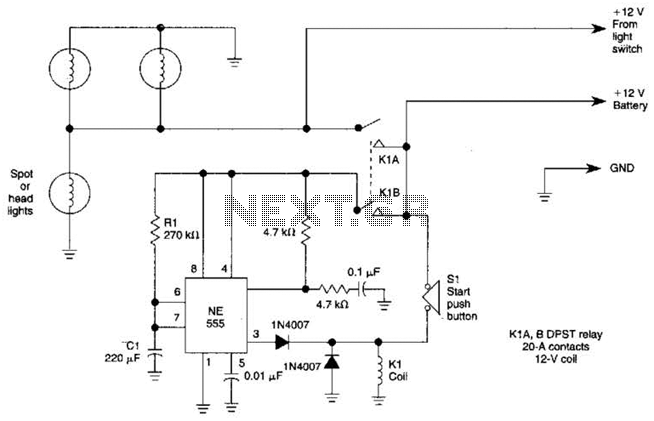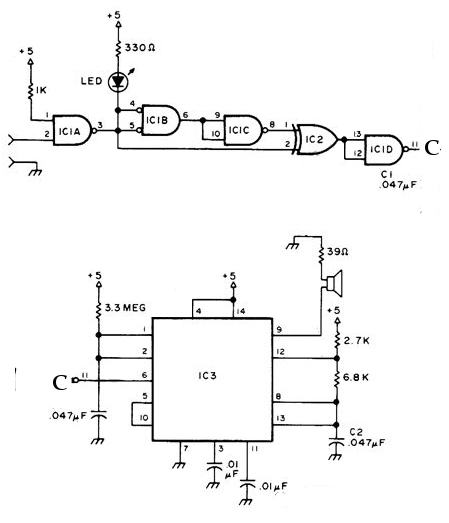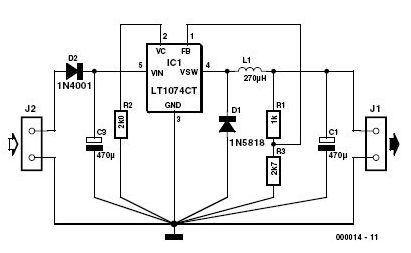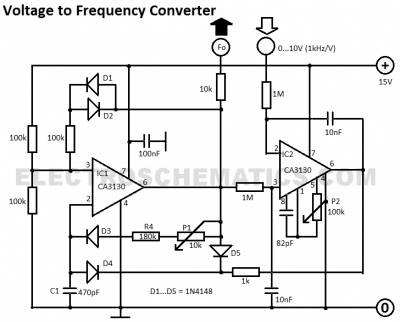
Making a Joule Thief Circuit
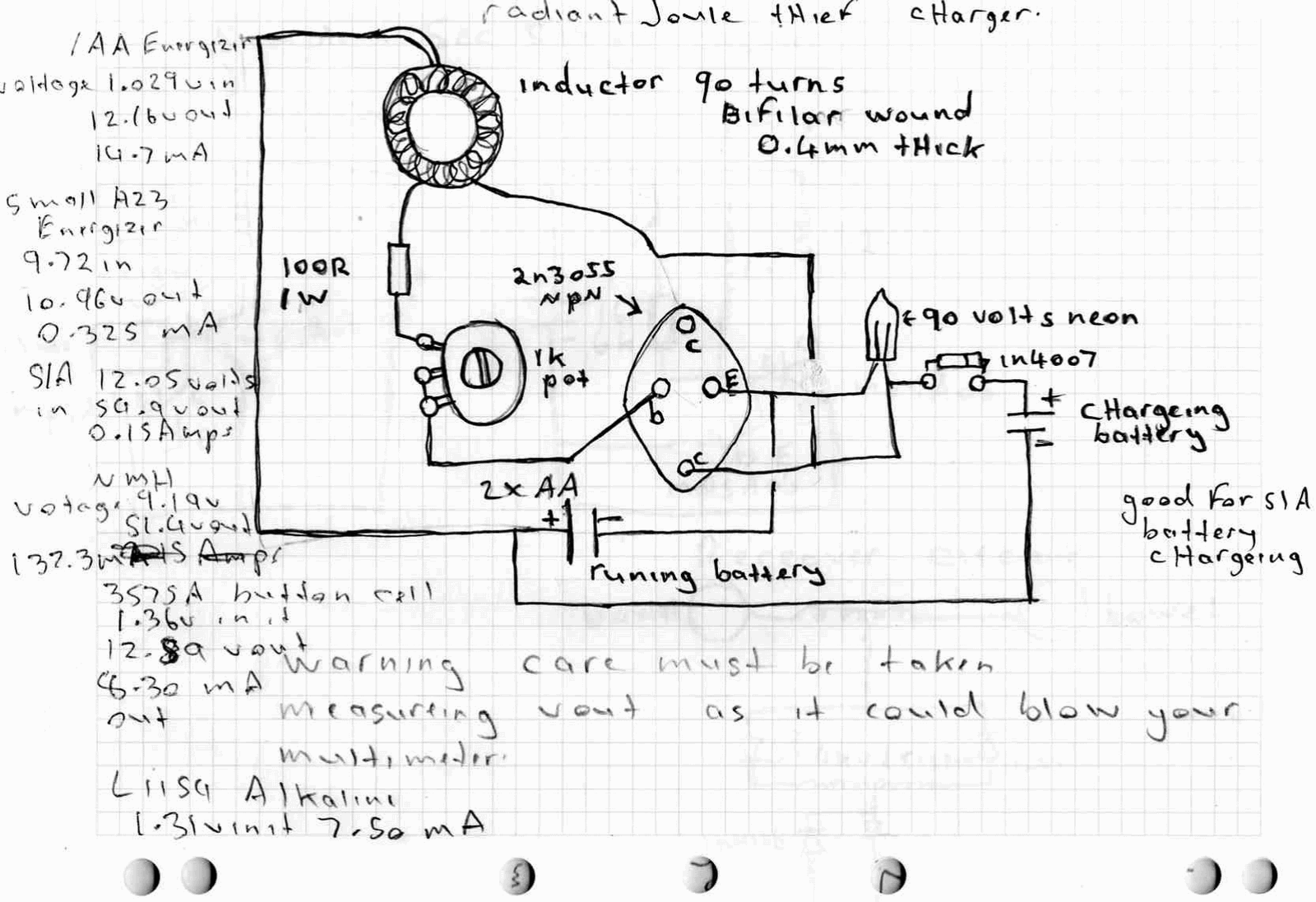
A high power joule thief circuit is explained in this post, which can be constructed by any new hobbyist. Here is the simplified drawing of the radiant joule thief battery charger. The inductor was wound with many turns until it was too full to wind any further.
The high power joule thief circuit is a compact and efficient device designed to extract energy from low-voltage power sources, such as depleted batteries. This circuit operates on the principle of boosting a low voltage to a higher voltage, allowing for the utilization of energy that would otherwise be wasted.
At the core of the joule thief circuit is a feedback mechanism that enables the transistor to turn on and off rapidly, creating a pulsed signal that energizes the inductor. The inductor, which is wound with a significant number of turns, plays a crucial role in storing energy. As the current flows through the inductor, it generates a magnetic field. When the transistor switches off, the collapsing magnetic field induces a high voltage in the opposite direction, which can then be used to power a load or charge a battery.
The construction of the inductor is critical; it must be wound tightly and uniformly to maximize efficiency. The number of turns affects the inductance and, consequently, the performance of the circuit. Careful attention should be paid to the winding process to ensure that the inductor does not become overloaded, as indicated by the statement that it was wound until it was too full to continue.
The circuit typically includes a few key components: a transistor (often a small NPN type), a resistor to limit base current, a diode for rectification, and the aforementioned inductor. A capacitor may also be included to smooth out the output voltage. The simplicity of the design makes it an excellent project for hobbyists, providing practical experience with fundamental electronic concepts such as inductance, feedback, and energy conversion.
In summary, the high power joule thief circuit is an effective tool for energy harvesting from low-voltage sources, and it serves as an educational platform for individuals looking to deepen their understanding of electronics.A high power joule thief circuit is explained in the following post which can constructed by any new hobbyist. Here is the simplified drawing I biult the radiant joule thief battery charger by. The inductor I wound so many turns till it was to full to wind anymore 🔗 External reference
The high power joule thief circuit is a compact and efficient device designed to extract energy from low-voltage power sources, such as depleted batteries. This circuit operates on the principle of boosting a low voltage to a higher voltage, allowing for the utilization of energy that would otherwise be wasted.
At the core of the joule thief circuit is a feedback mechanism that enables the transistor to turn on and off rapidly, creating a pulsed signal that energizes the inductor. The inductor, which is wound with a significant number of turns, plays a crucial role in storing energy. As the current flows through the inductor, it generates a magnetic field. When the transistor switches off, the collapsing magnetic field induces a high voltage in the opposite direction, which can then be used to power a load or charge a battery.
The construction of the inductor is critical; it must be wound tightly and uniformly to maximize efficiency. The number of turns affects the inductance and, consequently, the performance of the circuit. Careful attention should be paid to the winding process to ensure that the inductor does not become overloaded, as indicated by the statement that it was wound until it was too full to continue.
The circuit typically includes a few key components: a transistor (often a small NPN type), a resistor to limit base current, a diode for rectification, and the aforementioned inductor. A capacitor may also be included to smooth out the output voltage. The simplicity of the design makes it an excellent project for hobbyists, providing practical experience with fundamental electronic concepts such as inductance, feedback, and energy conversion.
In summary, the high power joule thief circuit is an effective tool for energy harvesting from low-voltage sources, and it serves as an educational platform for individuals looking to deepen their understanding of electronics.A high power joule thief circuit is explained in the following post which can constructed by any new hobbyist. Here is the simplified drawing I biult the radiant joule thief battery charger by. The inductor I wound so many turns till it was to full to wind anymore 🔗 External reference
